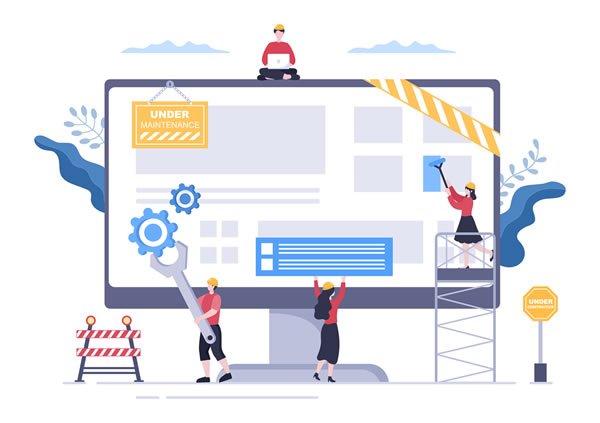
Having a strong online presence is crucial for a small business to stand out amongst the bigger players in an industry.
And one of the most effective tools for enhancing this presence is maintaining a blog on your website. A blog not only helps in improving search engine rankings but more importantly, it engages your audience, establishes your expertise, and drives valuable traffic to your business.
Let’s have a look at five key benefits of having a blog for your small business:
#1 Drives Traffic to Your Business
A well-maintained blog attracts visitors who are interested in your industry, products, or services. As you publish informative and engaging content, readers are more likely to share your posts on social media and other platforms, driving even more traffic to your website. This increased traffic not only expands your reach but also presents opportunities for lead generation and conversion.
#2 Establishes Authority and Expertise
Publishing high-quality, informative content on your blog helps establish your business as an authority in your niche. When potential customers see that you consistently provide valuable insights, tips, and industry updates, they are more likely to trust your expertise and choose your products or services over competitors. A blog can also showcase your unique perspectives, innovations, and thought leadership, further enhancing your reputation.
#3 Builds Relationships and Engagement
A blog is an excellent platform for building relationships with your audience. Try to encourage comments, feedback, and discussions on your posts to foster engagement and create a sense of community around your brand. Responding to comments and interacting with readers humanizes your business and strengthens customer loyalty. Additionally, you can use your blog to share customer success stories, testimonials, and case studies, showcasing the value you provide.
#4 Generates Leads and Conversions
Blogging is a powerful lead generation tool for small businesses. By creating content that addresses your audience’s pain points, answers their questions, and offers solutions, you can attract qualified leads who are more likely to convert into customers. Include calls-to-action (CTAs) in your blog posts, such as subscribing to your newsletter, downloading a free resource, or contacting you for more information, to guide visitors through the sales funnel.
#5 Keeps Your Website Fresh and Relevant
Regularly updating your website with new blog posts signals to both search engines and visitors that your business is active, current, and invested in providing value. This freshness factor not only improves SEO but also encourages repeat visits from existing customers and keeps prospects engaged with your brand.
In conclusion, a blog is an invaluable asset for small businesses looking to enhance their online presence, attract and engage customers, and drive business growth. By consistently creating and sharing valuable content, you can reap the numerous benefits that blogging offers in today’s competitive digital landscape.










